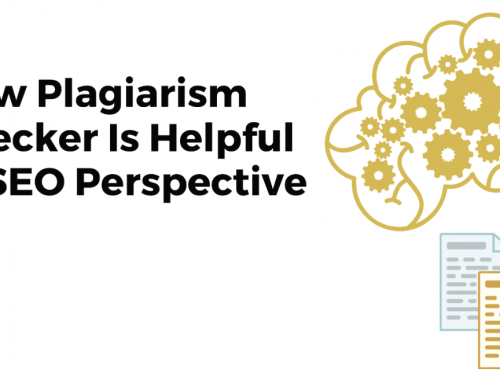Web design professionals routinely face decisions regarding not just how to update existing websites but also whether it is worth updating them at all. Many pages have simply fallen out of the internet over the years, for various reasons. Some have simply lost their hosting or been absorbed into larger websites, while others have been deliberately wound down because they outlasted their usefulness.
When clients own multiple websites, or when they are simply contemplating a radical redesign of one, any consultations they have with web design professionals should probably involve an up-front overview of those sites’ strengths, weakness, prospective traffic, and functionality.
Unless the original site is fairly new, it’s probably a bad idea to just assume that the most efficient pathway to its upgrade is by building upon what’s already there. Web design professionals and architects would probably agree: sometimes what is already standing is too old or too ill-suited to its environment, and should be torn down so something completely new can be built upon it.
But amateurs in either field probably shouldn’t make that decision on their own, either. Sometimes an existing website is more than a decade old but still has a role to play on the modern web, provide that it can be thoroughly upgraded by the right web design professionals. In that case, you certainly could build the same site from scratch, but doing so would be needlessly expensive, time-consuming, and labor-intensive.
In other cases, the best solution is to shutter an existing website not so that it can be replaced outright, but so web design professionals can fold its functions into other existing websites where they would be better suited in the current internet landscape. Prior separation might have been made necessary by consumer demand, limitations of online infrastructure, or simply by company policies and preferences. But whether integration has just recently become possible or just recently become desirable, it likely represents an opportunity to increase efficiency and save on hosting as well as long term development and maintenance costs.
A skilled web design professional should be able to effectively assess any aging website’s adaptability to present circumstances, and to explain that assessment to their clients. Experts should also be able to anticipate well in advance which websites will be due for redesign, which ones will remain functional and well-trafficked as the internet changes around them, and which ones will be shut down.
An object lesson in this sort of assessment was recently highlighted by the Chrome Unboxed blog. Its coverage of a new and likely ongoing redesign of the Google Chrome Web Store began with the author triumphantly recalling attention to a post he made three years earlier, which noted that there were signs the site might be killed off, but recommended that it instead be given “new life with a renewed purpose.”
As it turns out, that is what Google has decided to do. It remains to be seen whether the author’s advice will pay off in the long run, but the fact remains that he identified an issue that one of the world’s largest tech companies would eventually have to address. Other web design professionals are identifying similar issues, which affect the long-term usability of countless websites belonging to companies of every size. Their advice should be sought before any hasty decisions are made regarding sites that are getting long in the tooth.



Leave A Comment